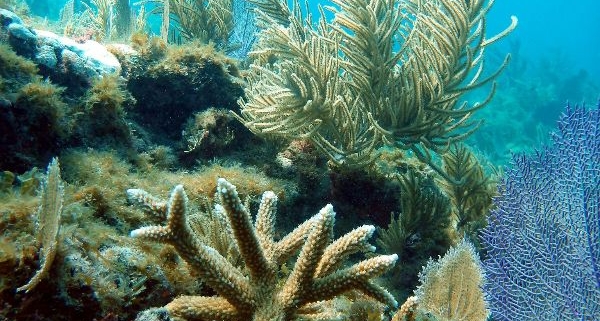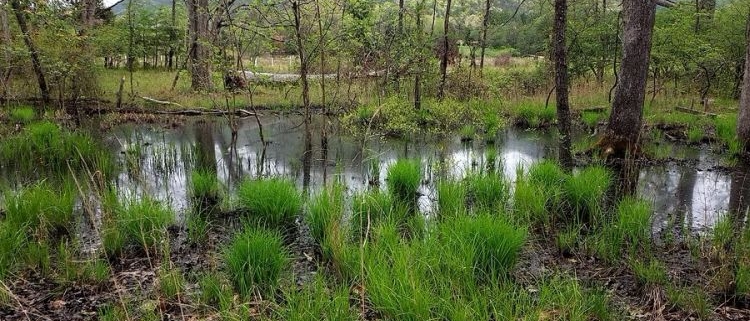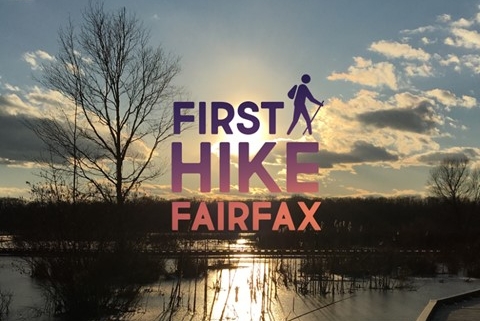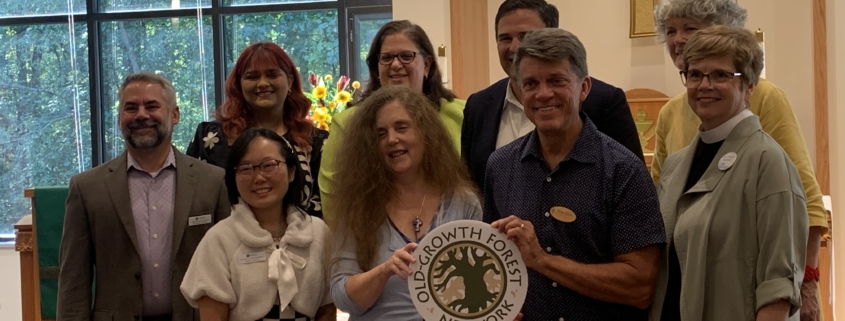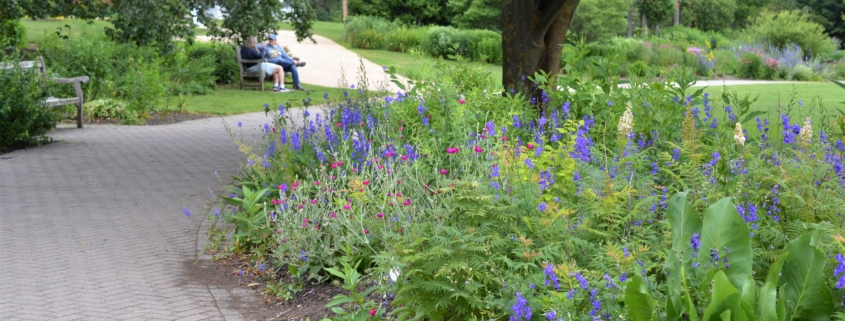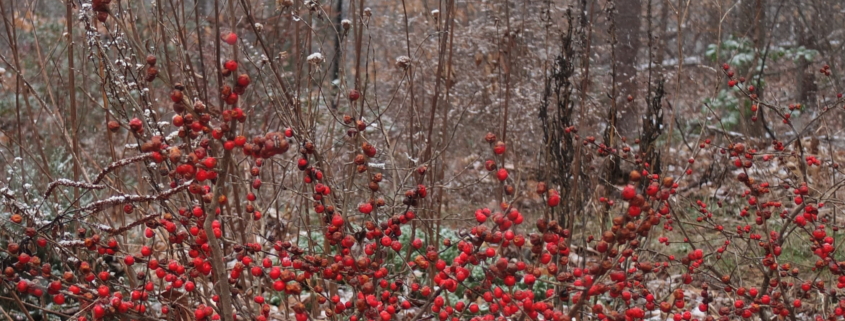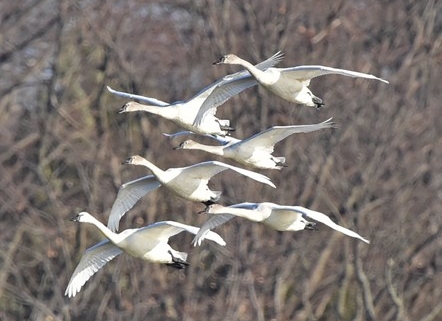Photo: Induction Ceremony, FMN Janet Quinn*
Article by FMN Stacey Remick
It is possible to save and celebrate forests. I know it does not seem possible when you see so many tracts of beautiful trees destroyed for roads and further development. I am here to tell you that you can dream big and bring your local forests, parks and private lands into a network of recognized Community and Old Growth Forests.
St. Peter’s in the Woods Episcopal Church dreamed big this year. In 2019, we were awarded what is now the Wildlife Sanctuary designation through the Northern Virginia Bird Alliance, in part because of our native gardens. We continued our congregational work in setting the cultural and infrastructural foundations of sustainability and Earth care practices. So, in May of this year, I proposed to the church governing board that I submit a petition for our Sanctuary Forest to be considered for inclusion into the Old Growth Forest Network.
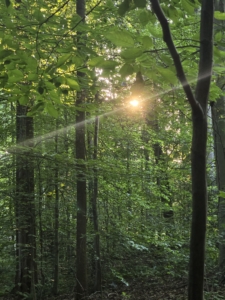
Photo: Forest at dawn, FMN Stacey Remick
Our property sits in a Resource Protection Area (RPA) as part of the Virginia Commonwealth’s Chesapeake Bay Ordinance. Being designated as an Old Growth Forest would be a confirmation of this protected status — more than this, a public statement of our commitment to the continued practices of stewardship of this mature forest that it will become an old-growth forest. Our unique placement in a zone of resource protection is permanent and would have stood whether or not we submitted for this designation. We wanted to make public our commitment and responsibility.
We have two retaining ponds and the forest itself is a riparian buffer that contributes to the protection of both the Occoquan and Chesapeake Bay watersheds. The forest is close to 100 years old and has all the characteristics of a mature forest, which means that it is not fully old-growth yet but it will become old-growth within a decade. It contains a meditation trail of about .2 miles and is used by not just our congregation but our surrounding community.
I began the process by contacting the Old Growth Forest Network with a basic description of our forest as well as pictures and video of it over the last year. We worked with
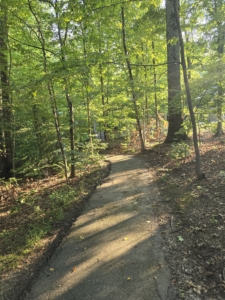
Photo: Meditation trail, FMN Stacey Remick
Brian Kane to go over the key critical criteria for the designation. Once I had done the required research, the final documentation was submitted. We signed a Memorandum of Understanding which outlined our responsibilities and then began planning for a September 14, 2024 induction ceremony.
As of September 14th, we are listed on the national Old Growth Forest Community Forests website, have been invited to speak at webinars and will soon be featured in the international Episcopal E-Communique Living Church. Other congregations are looking to us as an example of what is possible to hope for and aspire to. One result is that the Virginia Master Naturalists (VMN) program got a boost when Virginia Senator Stella Pekarsky and Virginia Delegate Dan Hellman learned about the Virginia Master Naturalists active in our congregation. They had never heard of VMN, much less the Fairfax Chapter, before coming to the ceremony.
If you are a private landowner, know of a park where there is a mature forest or you live in a community that has such a forested space, do not give up hope. Consider talking with the Old Growth Forest Network. No matter how large or small a forest, such a designation moves us closer to saving more of our precious forest ecosystems.
Please feel free to visit St. Peter’s in the Woods (https://www.stpetersinthewoods.org) anytime during the year. For more information about the Old Growth Forest Network (https://www.oldgrowthforest.net) contact Brian Kane. If you would like to join me for a walk in our forest or a retreat, please contact me at sremicks@gmail.com.
* Pictured in feature photo:
Furthest left – Christopher Topoleski, Executive Director, Faith Alliance for Climate Solutions (FACS)
Front row to the right of Christopher Topoleski
Andreana Jinju Lin, Communications and Outreach Manager (FACS)
Stacey Remick, author
Brian Kane, Old Growth Forest Network
Rev. Susan Hartzell, St. Peter’s in the Woods
Back row left to right
Fatima Malik, representing Congressman Gerry Connolly
Virginia State Senator Stella Pekarsky
Virginia State Delegate Dan Helmer
Kristine Montamat, Chair, Diocese of Virginia Creation Care Committee.


